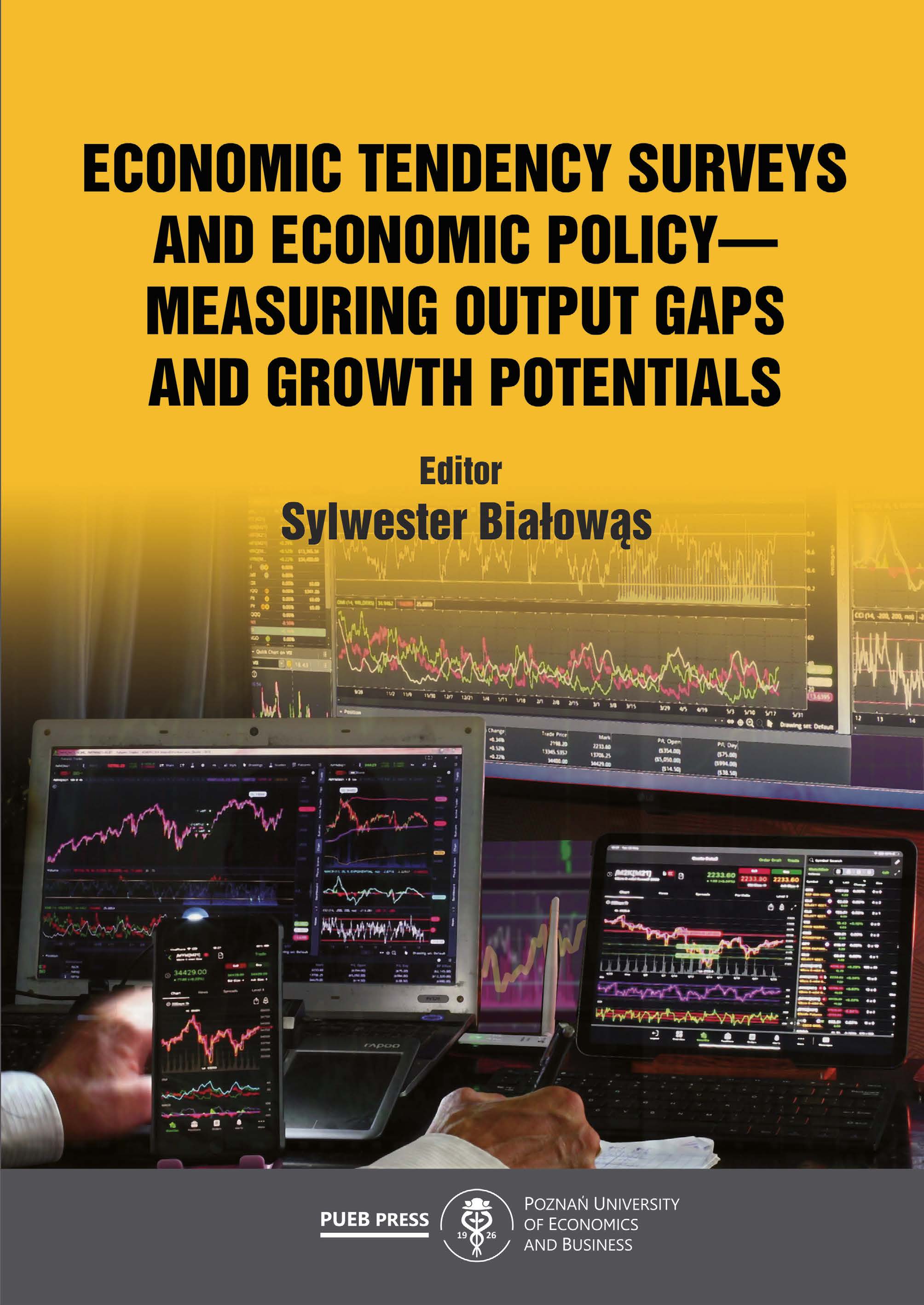Automatic identification of turning points with HMM-based indicator
Automatic identification of turning points with HMM-based indicator
Author(s): Michał Bernardelli
Subject(s): Economy, Economic policy, Economic development
Published by: Wydawnictwo Uniwersytetu Ekonomicznego w Poznaniu
Keywords: indicator;hidden Markov model;Viterbi path;turning point;business tendency survey;Christiano-Fitzgerald filter;Bry-Boschan algorithm;
Summary/Abstract: In this paper, the issues of constructing early warning indicators, as well as the business cycle turning point detection, are raised. Following the original procedure presented by Bernardelli (2020), modification and simplification of one of the procedure stages were proposed. The stage with turning point identification was replaced by a combination of well-known and recognise dasymmetric Christiano-Fitzgerald filter and the Bry-Boschan routine of cyclical turning point selection. Presenting improvement in the procedure was the key objective of this article. The basic idea of the remaining part of the HMM Signature Indicator procedure lies in the definition of the signature, which captures the pattern in the considered time series, just before the peak or trough. In the presented approach, the following concepts were exploited: the hidden Markovmodel (HMM), Viterbi path (VP) and Monte Carlo simulations (MC). However, the value-added characteristic of this article is not only the proposition of a new,highly parametrisable method for quantitative representation of the business cycle. An integral part of the research was the validation of the presented approach. The data from the business tendency survey in the Polish manufacturing industry conducted by RIED SGH was used to design 2 different HMM Signature Indicators. Each of the them was constructed on the basis of different input time series. Despite this, both demonstrated leading properties, and therefore, effectiveness of the proposed solution was proved. In the majority of cases, the turning points were properly caught in reasonable advance. This means that the presented method can be successfully used for the construction of early warning indicators.
Book: Economic tendency surveys and economic policy - measuring output gaps and growth potentials
- Page Range: 39-55
- Page Count: 17
- Publication Year: 2022
- Language: English
- Content File-PDF

